DePAI provides an opportunity for Web3 ‘s physical AI ecosystem to be established before centralized giants take over.
Author:Dylan Bane
Compiled by: Shenchao TechFlow
Decentralized Physical AI (DePAI) provides a decentralized alternative to robots and physical AI infrastructure stacks, getting rid of the traditional centralized control model.
From the collection of real-world data to operating robots through physical AI agents deployed through DePIN, DePAI is steadily moving into the future.
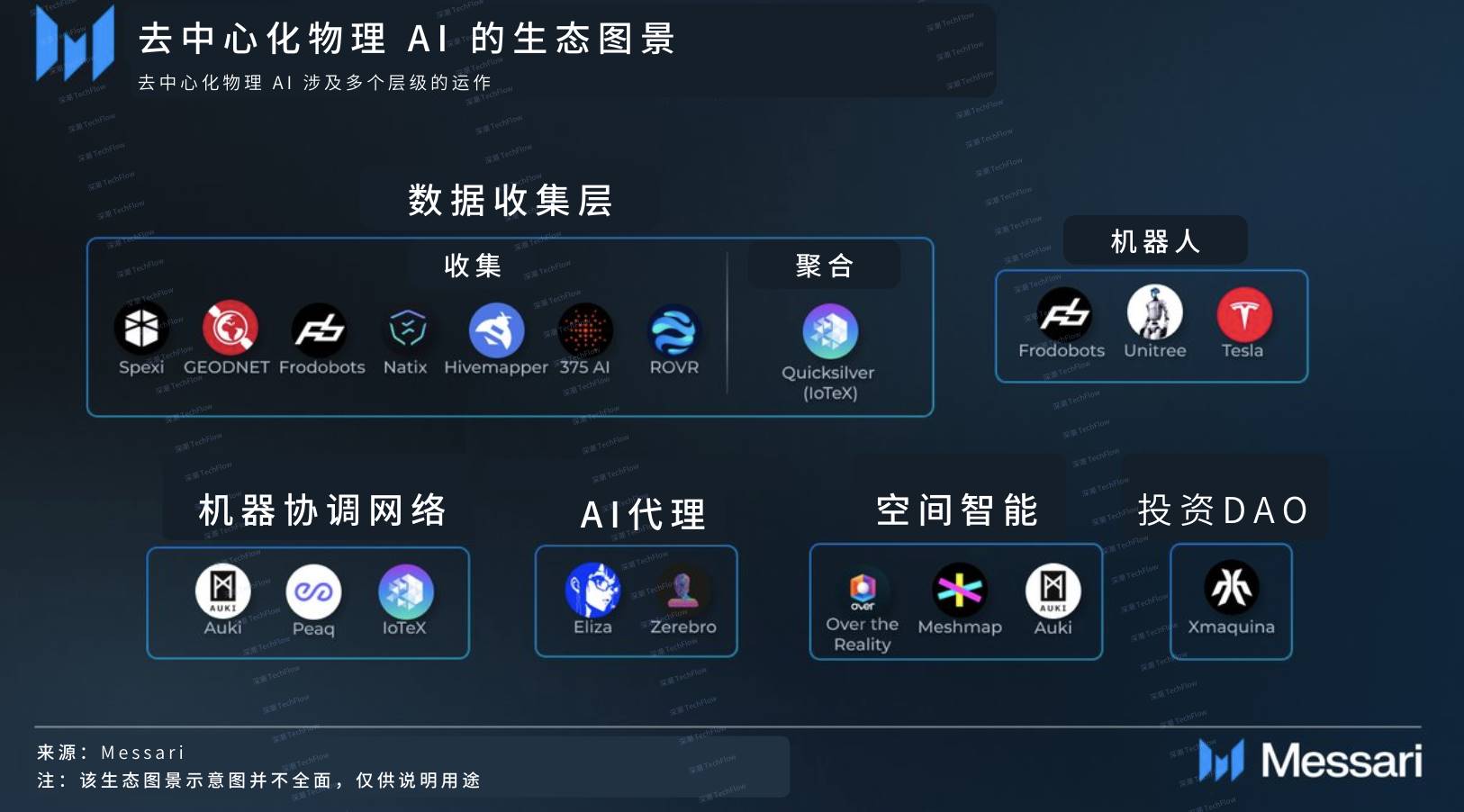
(Original picture comes from Dylan Bane, compiled by Shenzhen TechFlow)
“The ChatGPT moment in the field of general robots is coming.& rdquo;
——NVIDIA CEO Jensen Huang
The digital era started out with hardware and later developed into the intangible field of software. The AI era is doing the opposite, starting with software, and now it is moving into the physical world, its last unconquered territory.
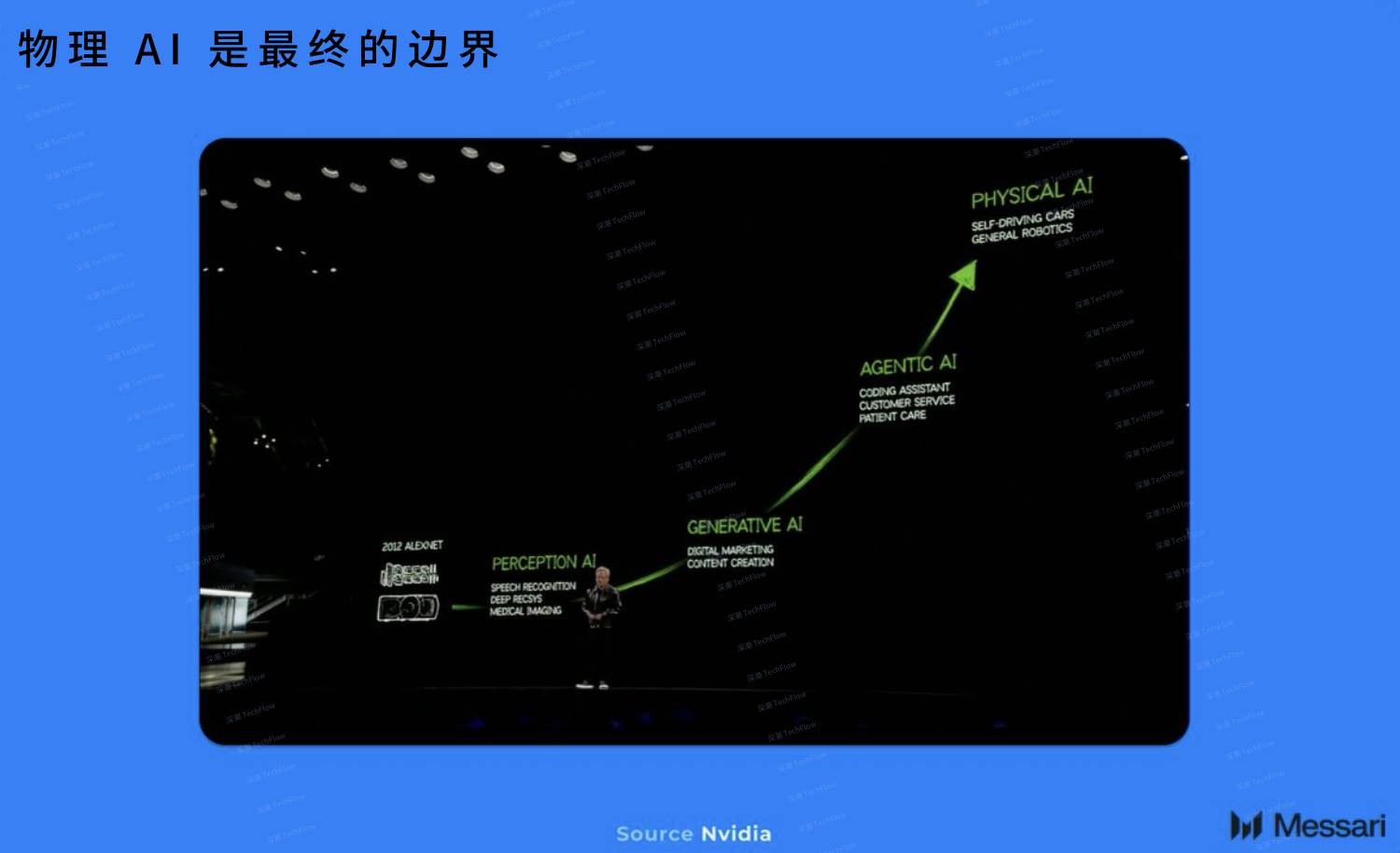
(Original picture comes from Dylan Bane, compiled by Shenzhen TechFlow)
In a future dominated by robots, drones, self-driving cars and humanoid robots, these machines are run by autonomous physical AI agents and gradually replace traditional labor, surrounding“Who owns these machines?”The issue of human rights has become an important social issue.
DePAI provides an opportunity for Web3 ‘s physical AI ecosystem to be established before centralized giants take over.
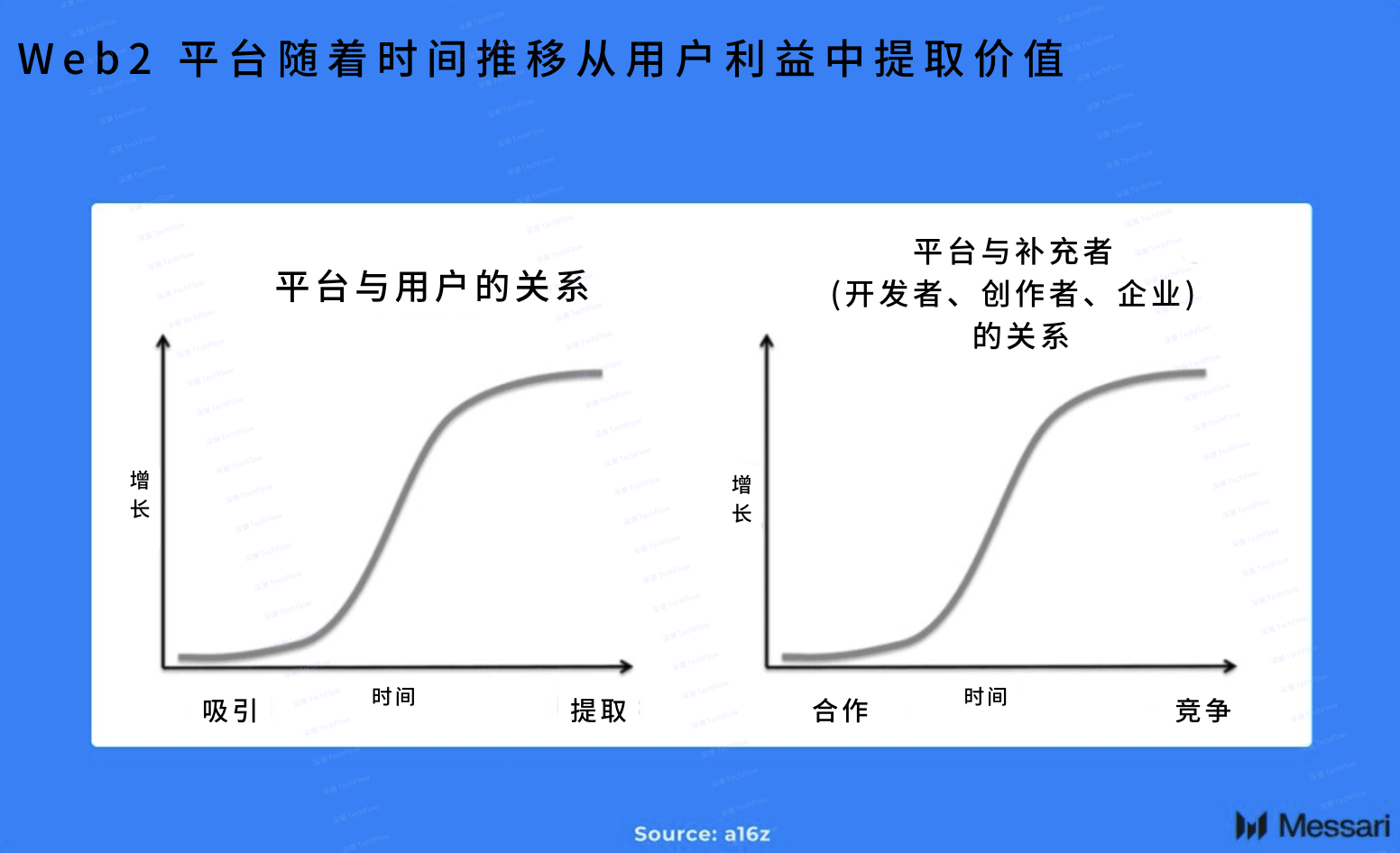
(Original picture comes from Dylan Bane, compiled by Shenzhen TechFlow)
Currently, DePAI’s infrastructure stack is developing rapidly.
At this stage, the data collection layer is the most active part. This layer not only provides real-world data needed for training for physical AI agents deployed on robots, but also helps robots navigate complex environments and complete tasks through real-time streaming data.
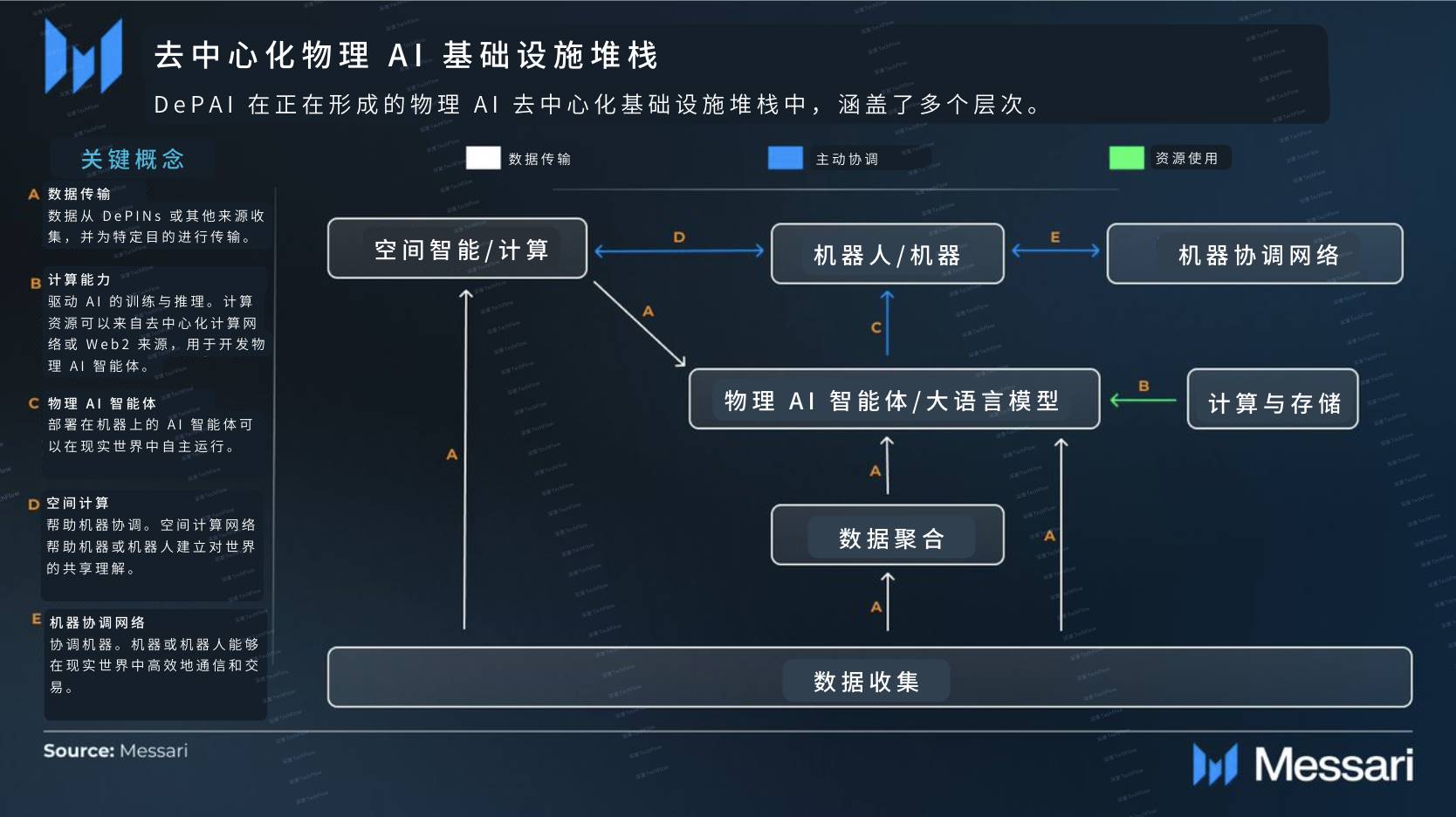
(Original picture comes from Dylan Bane, compiled by Shenzhen TechFlow)
However, the acquisition of real-world data remains the main bottleneck in training physical AI.
Although platforms such as NVIDIA’s Omniverse and Cosmos offer a promising solution through simulated environments, synthetic data only solves part of the problem. In order to further improve training, remote operations and real-world video data will also become indispensable resources.
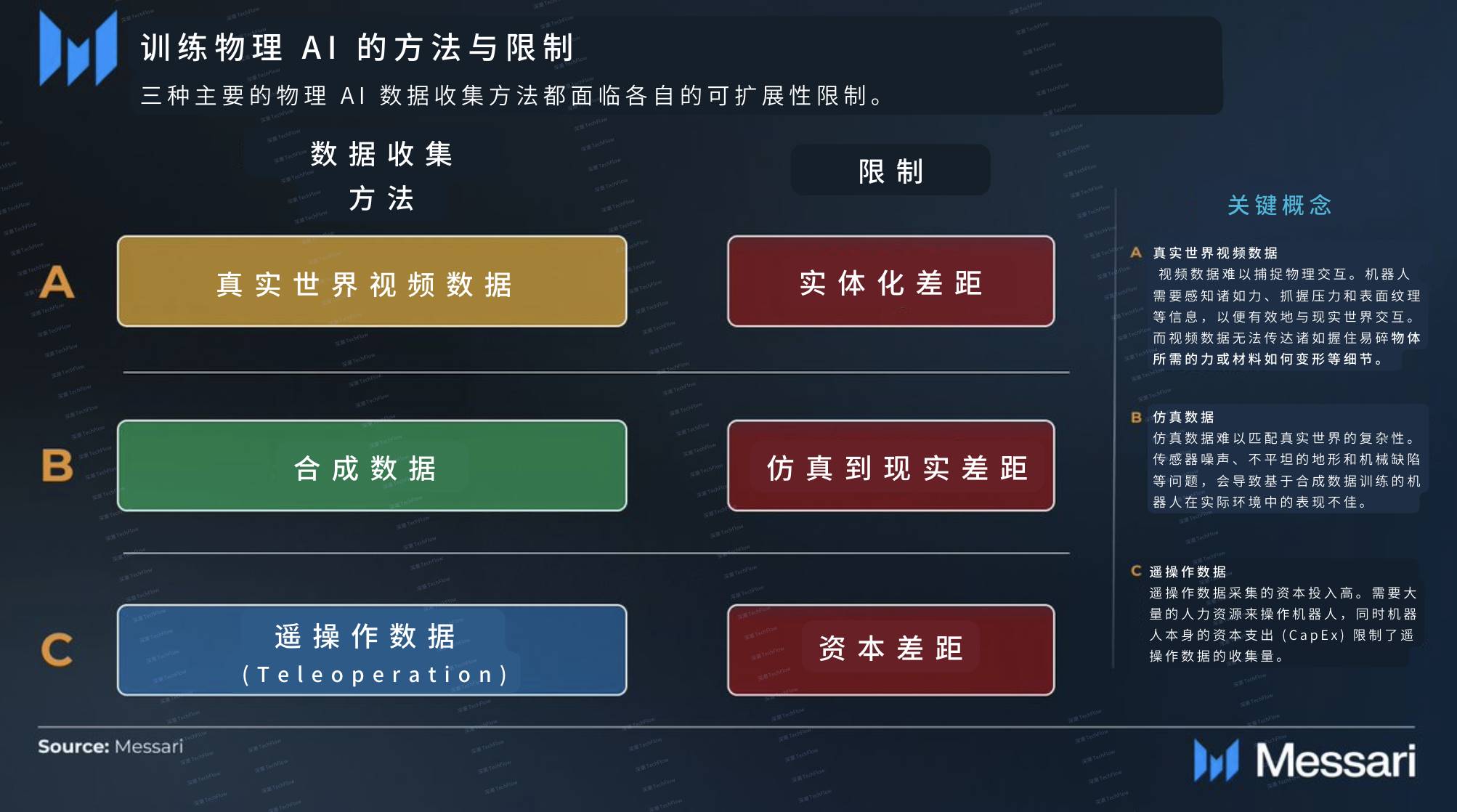
(Original picture comes from Dylan Bane, compiled by Shenzhen TechFlow)
In the field of remote operations,@frodobots is using DePIN to deploy low-cost sidewalk delivery robots around the world. During operation, these robots capture the complexity of human decision-making in the real environment, generate high-value data sets, and effectively solve the problem of insufficient initial capital.
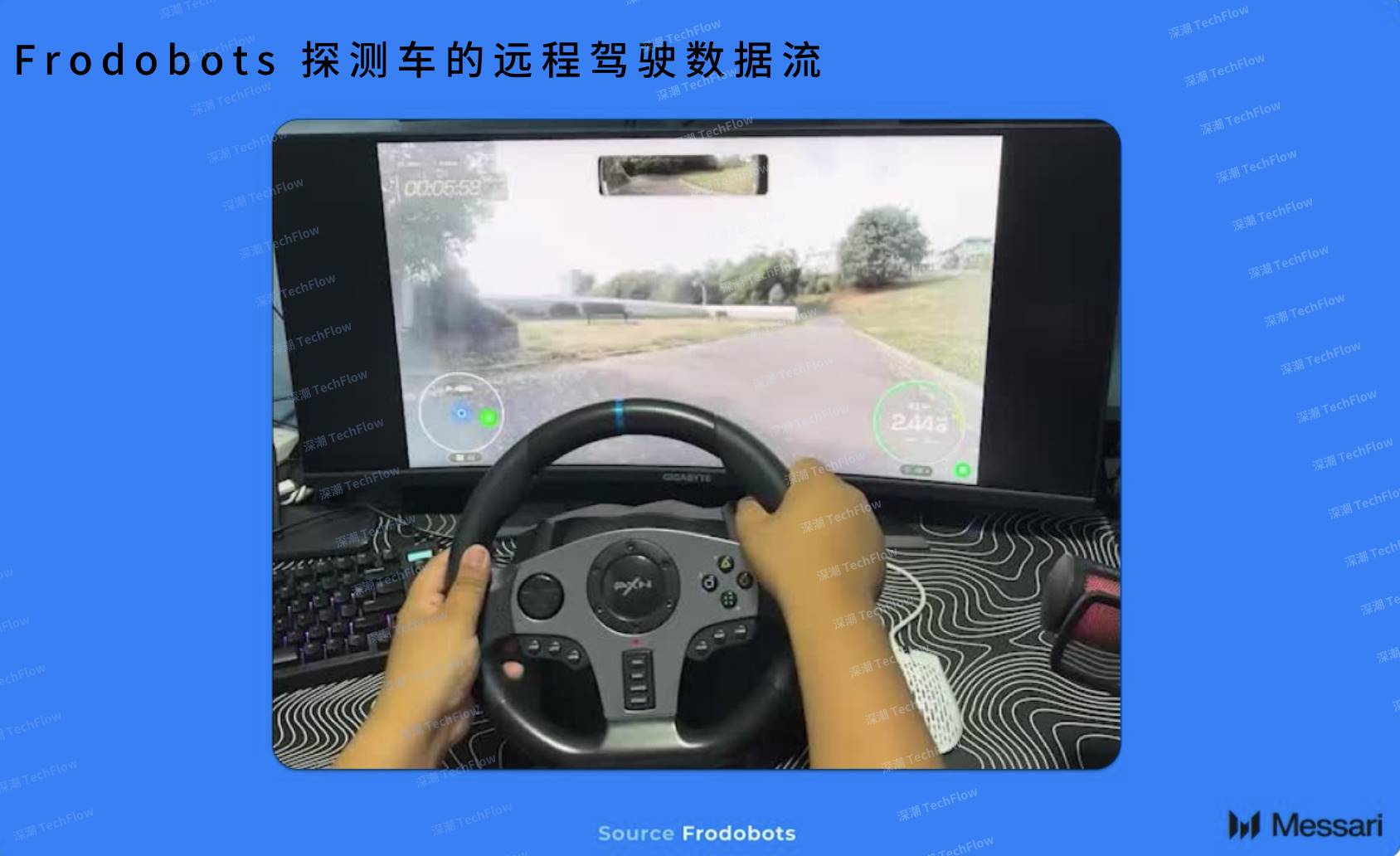
(Original picture comes from Dylan Bane, compiled by Shenzhen TechFlow)
DePIN (Decentralized Physical Infrastructure Network) provides powerful support for the rapid deployment of data collection sensors and robots through its token-driven flywheel effect.
For robotics companies that want to accelerate sales and reduce capital expenditures (CapEx) and operating expenditures (OpEx), DePIN provides a more efficient and cost-effective solution than traditional methods.
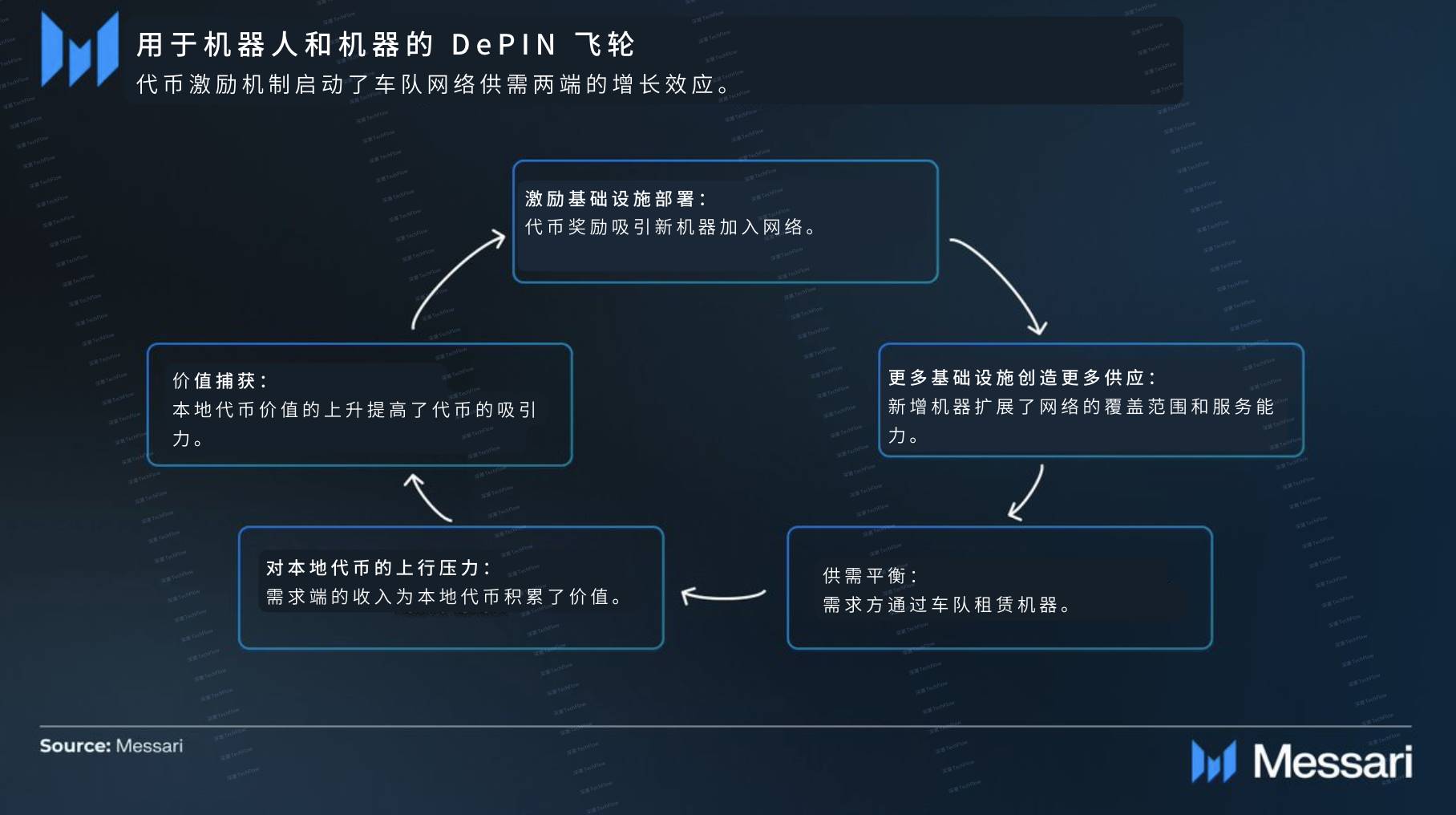
(Original picture comes from Dylan Bane, compiled by Shenzhen TechFlow)
DePAI (Decentralized Physical AI) can also use real-world video data to train physical AI systems and build a shared spatial understanding of the real world.
For example,@Hivemapper and @NATIXNetwork have unique video datasets that can be an important resource for training physical AI.
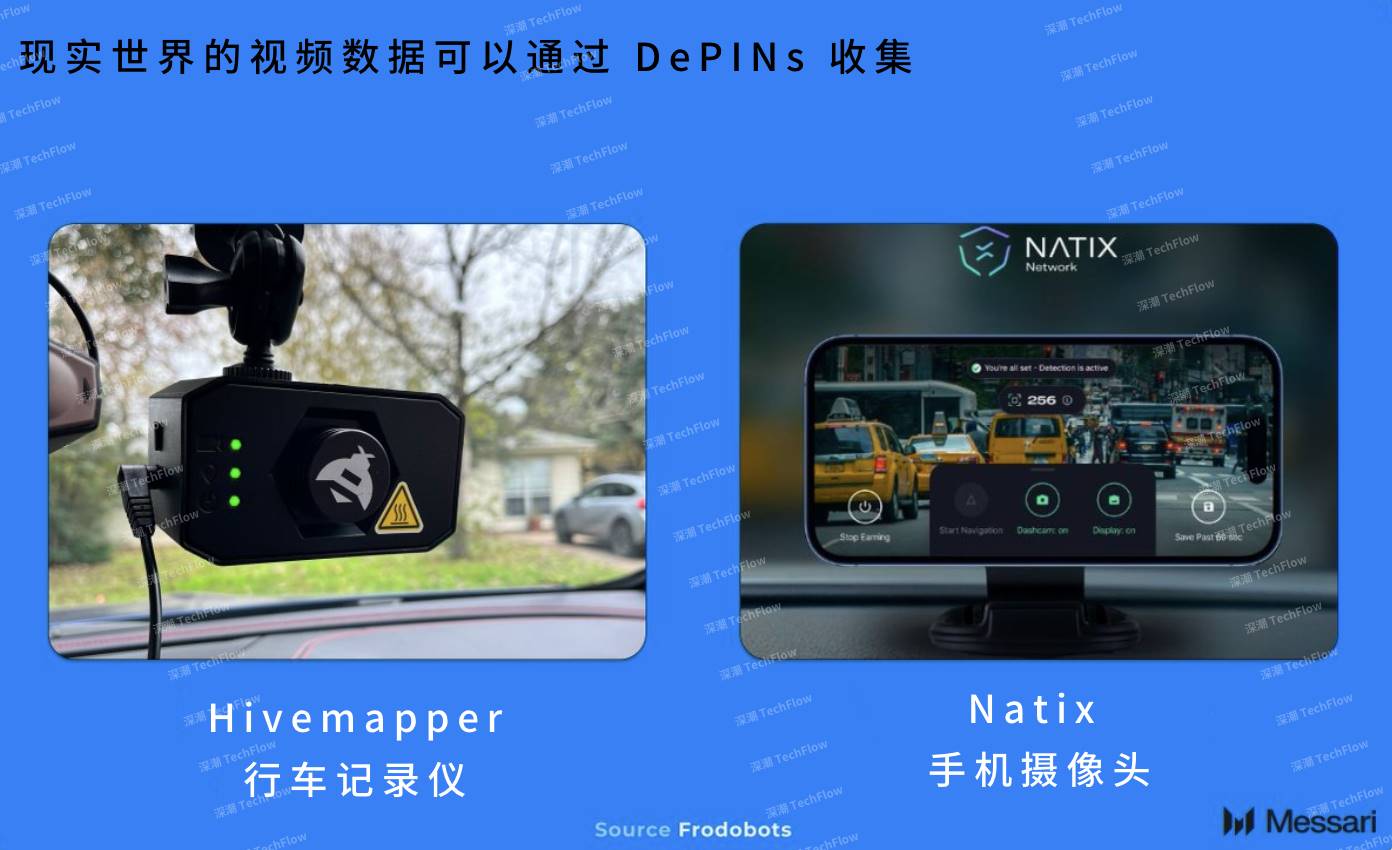
(Original picture comes from Dylan Bane, compiled by Shenzhen TechFlow)
As @masonnystrom said:“Individual user data is difficult to monetize, but it can create huge value when aggregated.& rdquo;
Through DePIN’s network, real-world data from different devices and nodes can be aggregated to generate high-value data sets.
@iotex_io’s Quicksilver system can not only aggregate this data, but also handle data verification and privacy protection issues, providing security for decentralized data utilization.
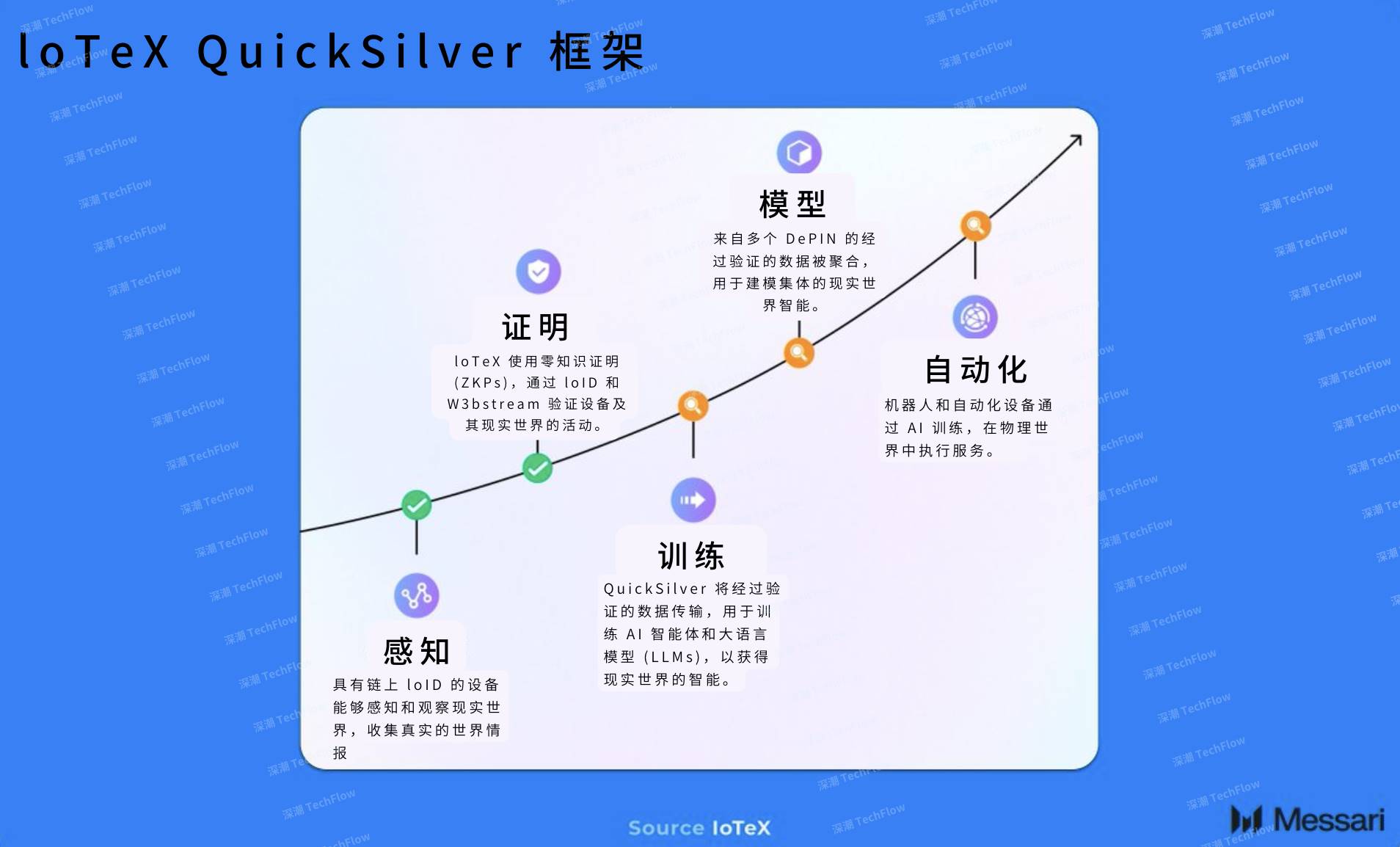
(Original picture comes from Dylan Bane, compiled by Shenzhen TechFlow)
In addition, spatial intelligence and computing protocols are also leveraging DePIN and DePAI technologies to promote the decentralized development of spatial coordination and real-world 3D virtual twins.
For example,@AukiNetwork’s Posemesh technology can achieve real-time spatial awareness while protecting privacy and maintaining decentralization, providing strong support for physical AI.
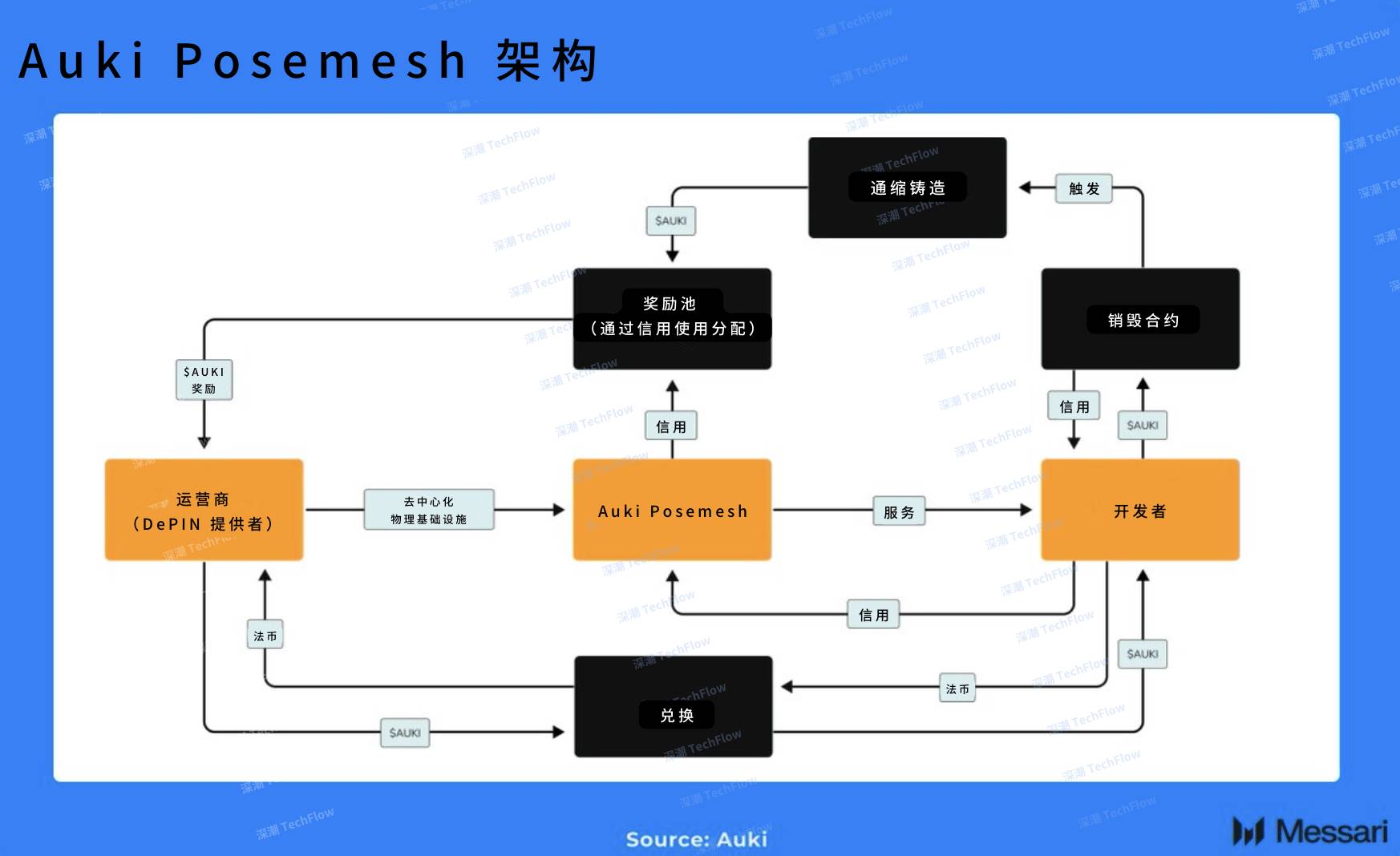
(Original picture comes from Dylan Bane, compiled by Shenzhen TechFlow)
At present, the preliminary application of physical AI agents has entered reality.
For example,@SamIsMoving is leveraging Frodobots ‘global distribution fleet to analyze data to predict geographical location.
In the future, through frameworks like Quicksilver, AI agents will be able to access data provided by DePIN in real time, thereby completing complex tasks more efficiently and promoting the further development of physical AI.
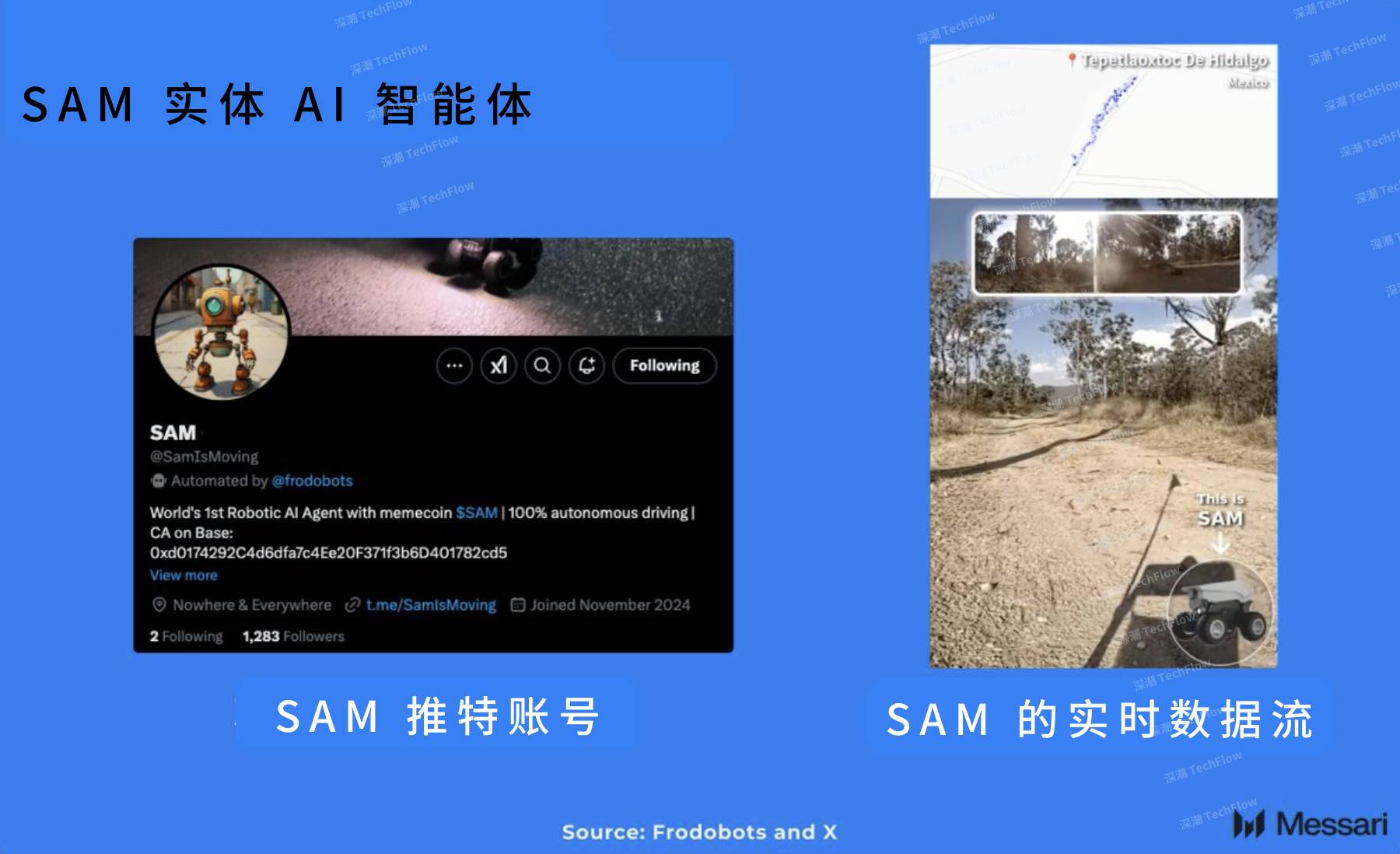
(Original picture comes from Dylan Bane, compiled by Shenzhen TechFlow)
If you want to participate in the development of Physical AI, investing in a DAO (decentralized autonomous organization) may be one of the most direct ways.
Through its platform,@xmaquinaDAO provides members with access to physical AI assets, including Real World Assets (RWAs), DePIN protocols (Decentralized Physical Infrastructure Networks), robotics companies, and intellectual property (IP). In addition, these investments are also supported by its internal R & D team to ensure technology and market leadership.
(Please refer to here for the full report)
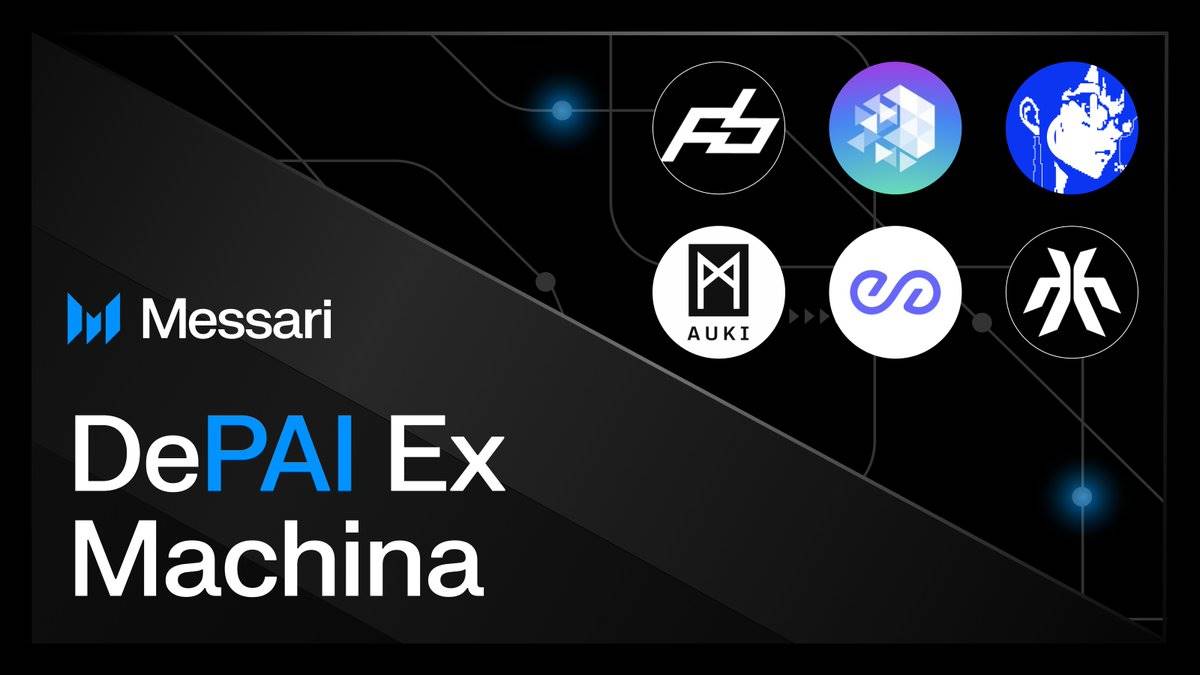
Welcome to join the official social community of Shenchao TechFlow
Telegram subscription group: www.gushiio.com/TechFlowDaily
Official Twitter account: www.gushiio.com/TechFlowPost
Twitter英文账号:https://www.gushiio.com/DeFlow_Intern



